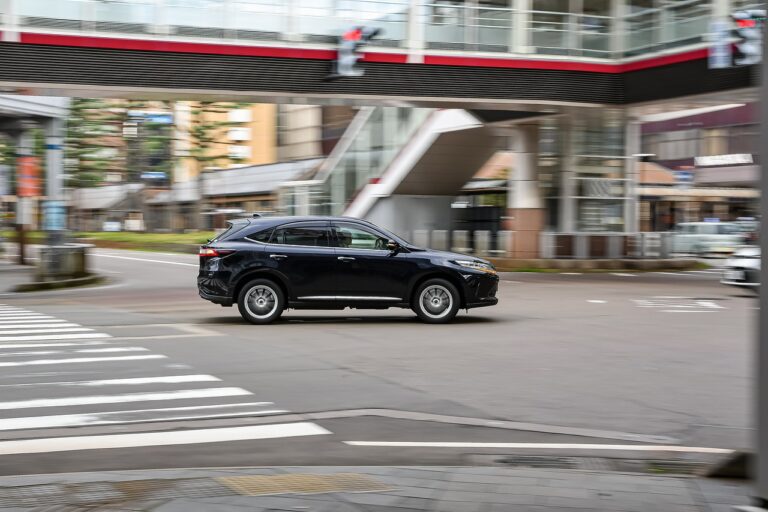Promoting Sustainable Urban Development Through Integration of Auto Recycling Facilities: Bet bhai, Cricket bet 99, Diamondexch9
bet bhai, cricket bet 99, diamondexch9: As cities around the world continue to grow rapidly, the need for sustainable urban development has become more critical than ever before. With the rise in population, there has been an increase in the number of vehicles on the road, leading to congestion, pollution, and limited parking spaces. To combat these challenges, integrating auto recycling facilities into urban development plans can play a significant role in promoting sustainability and improving the quality of life for residents.
What is Auto Recycling?
Auto recycling is the process of dismantling and recycling vehicles at the end of their useful life. This process involves recovering and reusing valuable materials such as metal, plastics, and rubber, while properly disposing of hazardous substances like oil, coolant, and batteries. Auto recycling not only helps reduce the environmental impact of end-of-life vehicles but also contributes to the circular economy by repurposing materials for new products.
The Benefits of Integrating Auto Recycling Facilities into Urban Development
1. Environmental Impact: By incorporating auto recycling facilities into urban development projects, cities can reduce the amount of waste generated from discarded vehicles. This, in turn, helps in conserving natural resources, reducing energy consumption, and minimizing greenhouse gas emissions associated with manufacturing new materials.
2. Economic Opportunities: Auto recycling facilities create jobs in the local community, from technicians who dismantle vehicles to workers who process and sell recycled materials. This leads to economic growth and can help stimulate the local economy.
3. Space Utilization: Integrating auto recycling facilities into urban areas allows for the efficient use of land that might otherwise go unused. By repurposing vacant lots or industrial areas for recycling purposes, cities can optimize their land use and reduce urban sprawl.
4. Reduced Traffic Congestion: By providing convenient locations for residents to recycle their old vehicles, cities can alleviate traffic congestion caused by abandoned or illegally parked cars. This helps in improving traffic flow and creating a safer environment for pedestrians and cyclists.
5. Public Health: Auto recycling facilities help in disposing of hazardous materials from end-of-life vehicles in a safe and environmentally friendly manner. This protects the health of residents by preventing the leaching of toxins into the soil and groundwater.
6. Community Engagement: Integrating auto recycling facilities into urban development projects provides an opportunity for community involvement and education on sustainable practices. Residents can learn about the importance of recycling and how they can contribute to a cleaner environment by properly disposing of their old vehicles.
Challenges and Solutions
While integrating auto recycling facilities into urban development offers numerous benefits, there are also some challenges that need to be addressed:
1. Lack of Awareness: Many residents may not be aware of the importance of recycling their old vehicles or the availability of auto recycling facilities in their area. To overcome this, cities can launch awareness campaigns and provide information on how to properly dispose of end-of-life vehicles.
2. Infrastructure: Building and maintaining auto recycling facilities require investment in infrastructure and equipment. Cities can seek public-private partnerships or government funding to support the development of these facilities.
3. Regulatory Compliance: Auto recycling facilities must adhere to strict environmental regulations and safety standards to ensure the proper handling of hazardous materials. Cities can work with regulatory agencies to enforce compliance and monitor the operations of these facilities.
4. Transportation: Transporting end-of-life vehicles to recycling facilities can be costly and logistically challenging. Cities can develop pickup services or designated drop-off locations to make it easier for residents to recycle their old vehicles.
In conclusion, integrating auto recycling facilities into urban development is a sustainable solution to address the challenges of increasing vehicle population in cities. By promoting recycling practices, cities can reduce waste, conserve resources, create economic opportunities, and improve the overall quality of life for residents. With proper planning and collaboration, auto recycling facilities can become an integral part of sustainable urban development efforts worldwide.
FAQs:
Q: How can I find an auto recycling facility near me?
A: You can search online or contact your local government for information on auto recycling facilities in your area.
Q: What happens to my old vehicle once I recycle it?
A: After dismantling and recycling your old vehicle, the materials are sorted and processed for reuse in manufacturing new products.
Q: Can I earn money by recycling my old vehicle?
A: Some auto recycling facilities may offer compensation for your old vehicle based on its condition and the value of the materials recovered.







